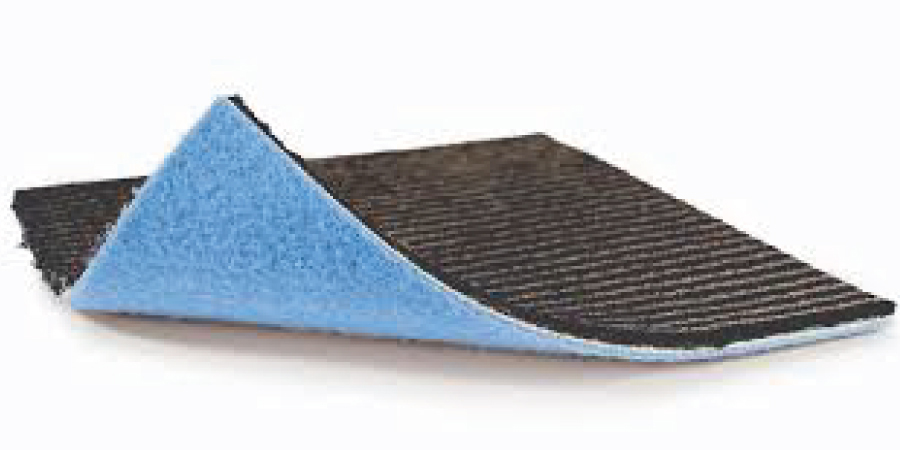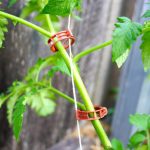
In a world where innovation drives progress, the textile and construction industries are no exception. One material that has been quietly revolutionizing these fields is fibrillated yarn. Often overshadowed by more traditional fibers, fibrillated yarns are now emerging as a go-to solution for those seeking superior performance, durability, and cost-effectiveness. But what exactly makes fibrillated yarns so special? And why should you consider them for your next project? Let’s explore the many facets of fibrillated yarns, focusing on the advantages, potential drawbacks and why Kalyani Polymers offers some of the best fibrillated yarns available today.
Fibrillated yarns are synthetic fibers that have undergone a unique process known as fibrillation, which involves splitting the yarn into a network of fine filaments. This process creates a web-like structure, significantly increasing the surface area of the yarn. The result is a material that not only offers enhanced grip and bonding capabilities but also stands up to the rigors of demanding environments.
These characteristics make fibrillated yarns highly desirable in a variety of applications, from sports turf reinforcement to geotextiles, concrete additives, and even packaging materials. Their ability to adapt and excel in such diverse fields underscores their growing importance in today’s market.
When it comes to fibrillated yarns, quality matters. Kalyani Polymers has established itself as a leader in the production of high-quality fibrillated yarns, offering products that cater to a wide range of industries. Their commitment to innovation and quality control ensures that each batch of yarn meets the highest standards of performance and durability.
Kalyani Polymers offers a variety of fibrillated yarns designed to meet specific needs, from those with enhanced UV resistance to eco-friendly options made from recycled materials. By choosing Kalyani Polymers, you’re not just purchasing a product; you’re investing in a solution that will stand the test of time, backed by a company with a proven track record of excellence.
Fibrillated yarns are more than just a material; they represent the future of strength, versatility, and innovation in textiles and construction. While they come with certain limitations, the advantages they offer far outweigh the drawbacks, especially when sourced from a trusted manufacturer like Kalyani Polymers.
As industries continue to evolve, the demand for materials that can perform under pressure, adapt to various conditions, and contribute to sustainability will only grow. Fibrillated yarns are poised to meet these demands, making them a valuable asset for any project. Whether you’re looking to reinforce concrete, stabilize soil, or create durable synthetic turf, fibrillated yarns offer a solution that delivers on all fronts.
By choosing a trusted supplier like Kalyani Polymers,best yarn manufacturers in Bangalore you can ensure that you’re getting the best fibrillated yarns on the market, backed by years of expertise and a commitment to quality. Whether you’re in construction, agriculture, or any other industry that demands high-performance materials, fibrillated yarn could be the game-changer you’ve been looking for.
 Innovative Uses of Technical Yarns in Sustainable Agriculture and Beyond
Innovative Uses of Technical Yarns in Sustainable Agriculture and Beyond How Technical Yarns Revolutionize Manufacturing: Applications Across Industries
How Technical Yarns Revolutionize Manufacturing: Applications Across Industries Environmental Impact of Choosing Recyclable Materials in Cable Manufacturing
Environmental Impact of Choosing Recyclable Materials in Cable Manufacturing Revolutionize Your Projects: Why Cable Fillers Are Essential for Superior Electrical Performance
Revolutionize Your Projects: Why Cable Fillers Are Essential for Superior Electrical Performance Unlock Unparalleled Strength: The Game-Changing Benefits of Fibrillated Yarns in Modern Applications
Unlock Unparalleled Strength: The Game-Changing Benefits of Fibrillated Yarns in Modern Applications